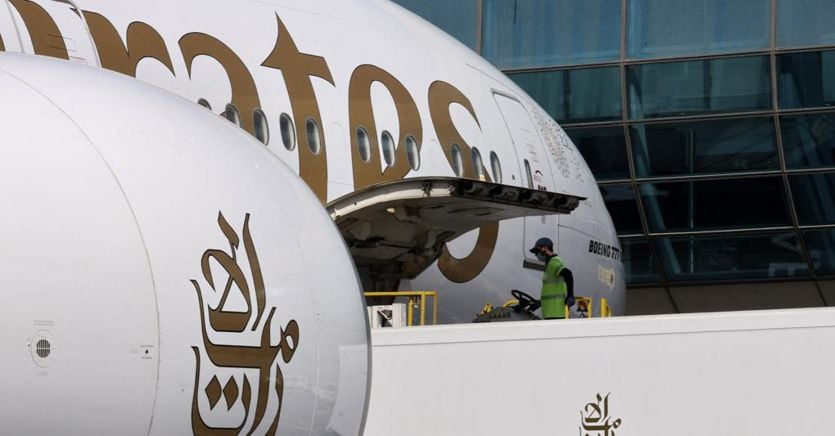Half-yearly losses for Emirates and new liquidity injection by the Dubai government, the third since the start of the pandemic. The Emirate airline cannot count on domestic flights for the recovery, being focused on long-haul connections and business travel, but the difference in competition is unlikely to be affected by the impact of the increase in the cost of fuel, which has risen by 70% since the beginning of the year: a new emergency for carriers after the pandemic.
Emirates was able to count on total government aid equal to the equivalent of $ 3.8 billion, essential for its survival, but not yet sufficient to return to profit: in the period from April to September the carrier recorded a loss of 5.8 billion dirhams (equal to 1.6 billion dollars), about half of the 12.6 billion dirhams in the same period last year. The turnover is flying (+ 81% to 21.7 billion dirhams) thanks to the transport of 6.1 million passengers, compared to 1.5 million a year ago.
The chairman Sheikh Ahmed bin Saeed Al Maktoum, a member of the ruling family of Dubai, said that the group, which includes the airline also the airport services company Dnata, is on the road to recovery. “Demand has been livelier since countries have begun to ease travel restrictions,” he said. An impetus that was particularly evident during the summer and which continued to grow steadily in the winter season ».
A similar trend was found in IATA’s analysis of 27 companies around the world, which shows that losses in the third quarter decreased compared to the previous quarter and some carriers reported their first profit since the start of the pandemic. However, the results are still far from what was reported before the crisis: in particular, turnover is 34% below 2019, offset by the cargo sector at record levels, 65% higher than in the third quarter of 2019.
The burden of debt accumulated during the Covid crisis weighs on the recovery of the sector, which according to IATA reached a record figure of 651 billion dollars, from 220 billion pre-pandemic. carriers – who fired thousands of employees during the crisis – are now facing labor shortages: a phenomenon that has emerged for the first time in decades, to the point that for some professionals the base pay has increased by 50 percent.
